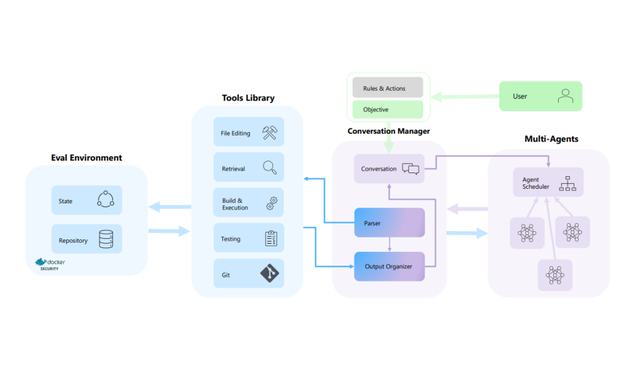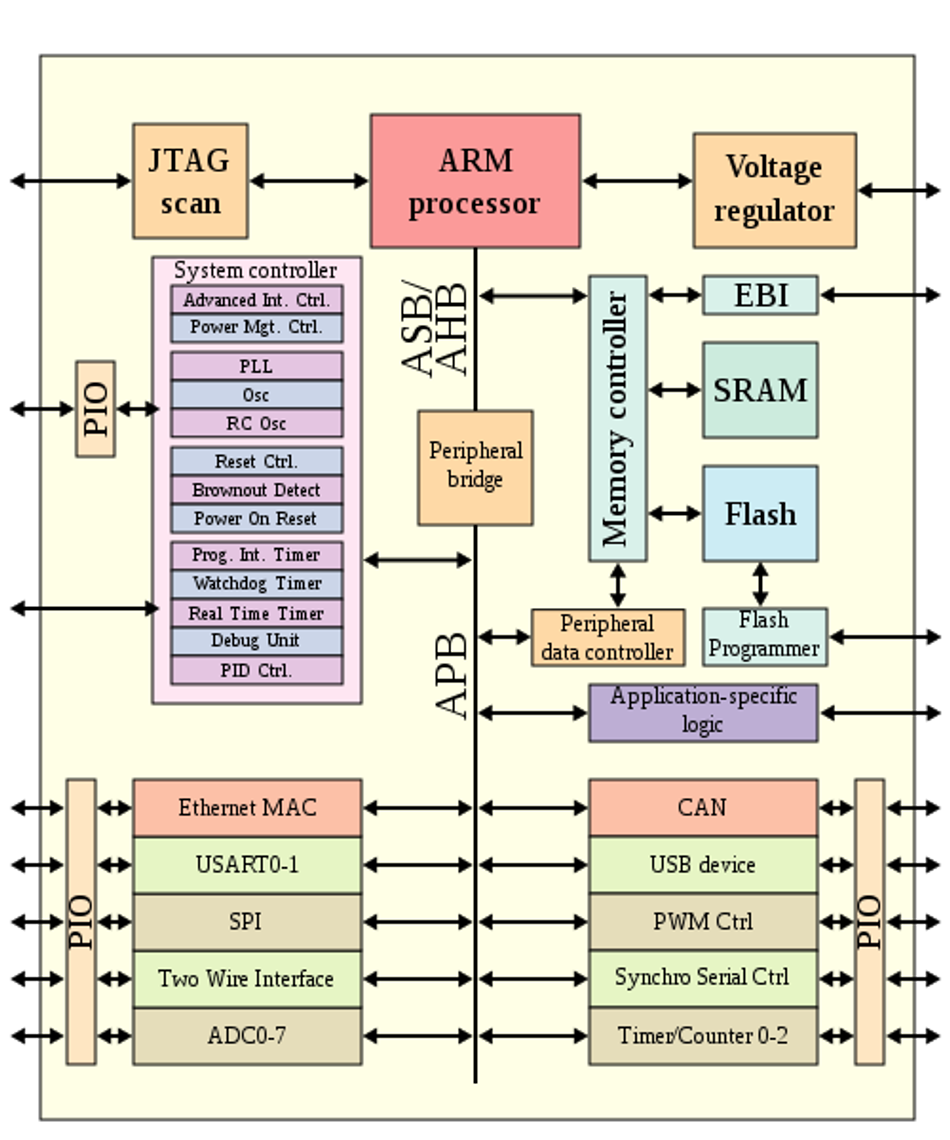
Introduction
Verilog has built-in primitives like gates, transmission gates, and switches. This is a rather small number of primitives; if we need more complex primitives, then Verilog provides UDP,
or simply User Defined Primitives. Using UDP we can model
- Combinational Logic
- Sequential Logic
We can include timing information along with these UDP to model complete ASIC library models.
Syntax
UDP begins with reserve word primitive and ends with endprimitive. Ports/terminals of primitive should follow. This is similar to what we do for module definition. UDPs should be defined outside module and endmodule 1 //This code shows how input/output ports
2 // and primitve is declared
3 primitive udp_syntax (
4 a, // Port a
5 b, // Port b
6 c, // Port c
7 d // Port d
8 );
9 output a;
10 input b,c,d;
11
12 // UDP function code here
13
14 endprimitive
In the above code, udp_syntax is the primitive name, it contains ports a, b,c,d. The formal syntax of the UDP definition is as follows:
::= primitive ( , * ) ; + ? endprimitive ::= ::= ||= ||= ::= output ; ::= reg ; ::= input * ; ::= initial = ; ::= 1'b0 ||= 1'b1 ||= 1'bx ||= 1 ||= 0 ::= table endtable ::= + ||= + ::= : ; ::= : : ; ::= ||= ::= + ::= * * ::= ( ) ||= ::= ::= ||= - UDP ports rules
- An UDP can contain only one output and up to 10 inputs.
- Output port should be the first port followed by one or more input ports.
- All UDP ports are scalar, i.e. Vector ports are not allowed.
- UDPs can not have bidirectional ports.
- The output terminal of a sequential UDP requires an additional declaration as type reg.
- It is illegal to declare a reg for the output terminal of a combinational UDP
Body
Functionality of primitive (both combinational and sequential) is described inside a table, and it ends with reserved word 'endtable' as shown in the code below. For sequential UDP, we can use initial to assign an initial value to output.
1 // This code shows how UDP body looks like
2 primitive udp_body (
3 a, // Port a
4 b, // Port b
5 c // Port c
6 );
7 output a;
8 input b,c;
9
10 // UDP function code here
11 // A = B | C;
12 table
13 // B C : A
14 ? 1 : 1;
15 1 ? : 1;
16 0 0 : 0;
17 endtable
18
19 endprimitive
| Note: An UDP cannot use 'z' in the input table |
| TestBench to check the above UDP |
| 1 `include "udp_body.v" 2 module udp_body_tb(); 3 4 reg b,c; 5 wire a; 6 7 udp_body udp (a,b,c); 8 9 initial begin 10 $monitor(" B = %b C = %b A = %b",b,c,a); 11 b = 0; 12 c = 0; 13 #1 b = 1; 14 #1 b = 0; 15 #1 c = 1; 16 #1 b = 1'bx; 17 #1 c = 0; 18 #1 b = 1; 19 #1 c = 1'bx; 20 #1 b = 0; 21 #1 $finish; 22 end 23 24 endmodule |
| Simulator Output |
| B = 0 C = 0 A = 0 B = 1 C = 0 A = 1 B = 0 C = 0 A = 0 B = 0 C = 1 A = 1 B = x C = 1 A = 1 B = x C = 0 A = x B = 1 C = 0 A = 1 B = 1 C = x A = 1 B = 0 C = x A = x |
| Table |
Each line inside a table is one condition; when an input changes, the input condition is matched and the output is evaluated to reflect the new change in input.
Initial
Initial statement is used for initialization of sequential UDPs. This statement begins with the keyword 'initial'. The statement that follows must be an assignment statement that assigns a single bit literal value to the output terminal reg.
| 1 primitive udp_initial (a,b,c); 2 output a; 3 input b,c; 4 reg a; 5 // a has value of 1 at start of sim 6 initial a = 1'b1; 7 8 table 9 // udp_initial behaviour 10 endtable 11 12 endprimitive |
Symbols
UDP uses special symbols to describe functions like rising edge, don't care and so on. The table below shows the symbols that are used in UDPs:
Bạn Có Đam Mê Với Vi Mạch hay Nhúng - Bạn Muốn Trau Dồi Thêm Kĩ Năng Mong Muốn Có Thêm Cơ Hội Trong Công Việc Và Trở Thành Một Người Có Giá Trị Hơn Bạn Chưa Biết Phương Thức Nào Nhanh Chóng Để Đạt Được ChúngHãy Để Chúng Tôi Hỗ Trợ Cho Bạn. SEMICON |


















